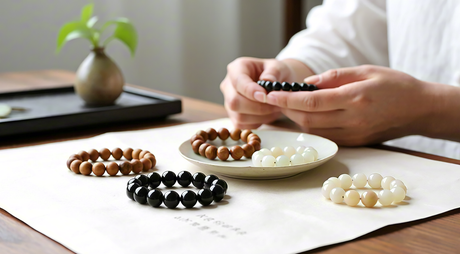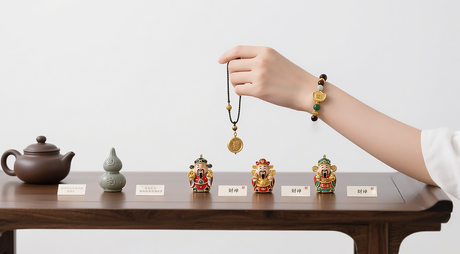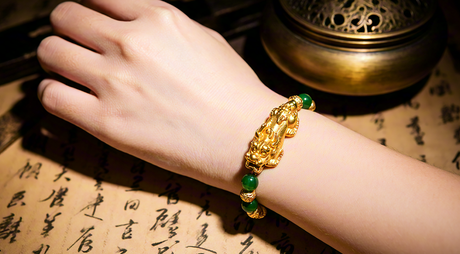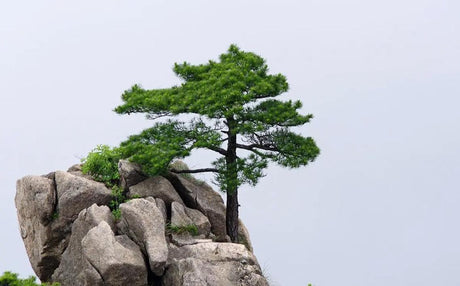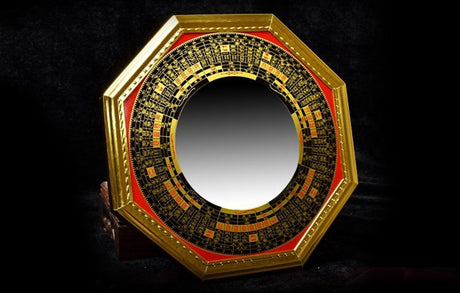Table of Contents
- 1. Geography and Historical Background
- 2. Language and Literature
- 3. Religion and Spiritual Practices
- 4. Festivals and Celebrations
- 5. Traditional Food and Cuisine
- 6. Art, Music, and Handicrafts
- 7. Traditional Clothing
- 8. Daily Life and Community
- 9. Cultural Etiquette for Visitors
- 10. Modern Cultural Preservation
- 11. Related Articles in This Series
The Uyghurs, one of China’s major ethnic minorities, primarily reside in Xinjiang Uyghur Autonomous Region, China. Known for their **rich cultural heritage, music, dance, and cuisine**, the Uyghurs have preserved traditions that reflect the **interweaving of Central Asian, Islamic, and Chinese influences**. Their vibrant lifestyle offers a fascinating window into the diversity of China’s ethnic landscape.
1. Geography and Historical Background
The Uyghurs are concentrated in the **Tarim Basin and surrounding regions of Xinjiang, China**, an area historically part of the Silk Road. This strategic location facilitated **trade, cultural exchange, and migration**, shaping Uyghur society with influences from Persia, Central Asia, and neighboring Chinese civilizations.
Historically, Uyghur kingdoms flourished between the 8th and 9th centuries. Their script, literature, and trade networks contributed to the **cultural richness of Central Asia**, and over centuries, they maintained a unique identity within the broader Chinese empire.

2. Language and Literature
The Uyghur language, part of the **Turkic language family**, is written in an **Arabic-based script**. Literature spans **poetry, folk tales, religious texts, and epic narratives**, often reflecting themes of **love, heroism, and social justice**.
Oral storytelling remains vital, with **folk epics and proverbs** recited at weddings, festivals, and family gatherings, keeping historical memory alive across generations.
3. Religion and Spiritual Practices
Uyghurs are predominantly **Muslim**, following Sunni Islam, which strongly influences **daily life, rituals, and festivals**:
- Daily prayers and Quran study form the spiritual foundation of family life.
- Mosques serve as **community centers**, especially in urban hubs like **Urumqi, China**.
- Religious festivals and pilgrimages strengthen social cohesion and cultural continuity.
4. Festivals and Celebrations
Uyghur festivals combine **Islamic observance and local cultural expressions**:
1. Eid al-Fitr (Ramadan Festival)
- Marks the end of Ramadan fasting, celebrated across Xinjiang, China.
- Families gather for communal meals, charity, and prayers.
2. Eid al-Adha (Qurban Festival)
- Commemorates Abraham’s devotion and involves **ritual sacrifice** shared with family and neighbors.
3. Meshrep Gatherings
- Traditional social gatherings featuring **music, dance, poetry recitation, and games**.
- Often held to strengthen community bonds in villages and towns.

5. Traditional Food and Cuisine
- Staples: Wheat, rice, and mutton, reflecting Central Asian influences.
- Signature Dishes: Hand-pulled noodles (laghman), roasted lamb, samsa (savory pastries), and polo (pilaf).
- Snacks & Desserts: Dried fruits, nuts, and sweet breads, often served during festivals.
- Beverages: Black tea with milk and local spices.
6. Art, Music, and Handicrafts
- Music: Traditional Uyghur music blends **Central Asian melodies with local rhythms**, using instruments like the **rawap (lute)** and **dutar**.
- Dance: Known for **fast-paced, expressive dances** that are central to festivals and weddings.
- Handicrafts: Carpets, embroidered clothing, silver jewelry, and intricate woodwork reflect centuries of craftsmanship.
- Poetry and Storytelling: Oral performance accompanies music and dance, especially in meshrep gatherings.
7. Traditional Clothing
Uyghur men often wear **doppa hats**, long tunics, and sashes. Women favor **brightly colored dresses, embroidered scarves, and silver jewelry**. Traditional attire varies by region and occasion, with **festival costumes more ornate** than daily wear.

8. Daily Life and Community
- Housing: Courtyard homes or adobe houses with communal spaces for family gatherings.
- Economy: Agriculture (cotton, wheat, fruits), animal husbandry, and trade form the backbone of local livelihoods.
- Social Structure: Community and family are central; weddings and religious celebrations reinforce social bonds.
- Education & Modernity: Schools teach both Uyghur language and Mandarin; cultural programs maintain traditional music and dance.
9. Cultural Etiquette for Visitors
- Respect mosques and religious observances; dress modestly.
- Ask permission before photography, especially during private ceremonies.
- Accept invitations to meals politely; greetings are often accompanied by handshakes or nods.
10. Modern Cultural Preservation
- Urban centers like Urumqi host **cultural festivals and exhibitions** attracting domestic and international visitors.
- Handicrafts, music, and dance are taught in schools and community centers to maintain traditions.
- Local tourism leverages cultural heritage while promoting **sustainable economic development**.




